Chives Garlic
$4.49
Allium Tuberosum
- Seed Count 100
- Culinary Herb
- Perennial
In stock
Description
A relatively new vegetable in the English-speaking world but well-known in Asian cuisine, the flavour of chives garlic is more like garlic than chives, though much milder. Both leaves and the stalks of the flowers are used as flavouring similarly to chives, green onions or garlic.
In Asian cuisine they are also known as Ku Chai and are a key ingredient in many stir fry recipes. The leaves can be blanched to make them more tender and the flowers may also be used as a spice.
The plant has a distinctive growth habit with strap-shaped leaves and straight thin white-flowering stalks that are much taller than the leaves. It grows in slowly expanding perennial clumps, but also readily sprouts from seed. The rest of the plant is edible too the bulbs used like shallots and the flowers as an edible garnish.
| Method: Sow direct | Soil Temp: 10°C - 30°C |
| Cool Mountain: Sep - Apr | Position: Full sun |
| Arid: Jul - Feb | Row Spacing: 15 cm |
| Temperate: Sep - May | Planting Depth: 3 mm |
| Sub Tropical: Jan - Dec | Harvest: 75 Days |
| Tropical: Apr - Jul | Plant Height: 30cm |
Climate and Growing Conditions
Chives thrive in a wide range of climates across Australia, from temperate to subtropical regions. They prefer:
Temperature:
- 15–25°C (optimal growing range).
Sunlight:
- Full sun to partial shade (at least 4–6 hours of sunlight daily).
Frost Tolerance:
- Chives are frost tolerant and can survive cold winters.
Soil Preparation
- Chives prefer well-draining, fertile soil with a slightly acidic to neutral pH (6.0–7.0).
Soil Type:
- Loamy or sandy soil is ideal. If your soil is heavy clay, improve drainage by adding compost or well-rotted manure.
Soil Enrichment:
- Mix in organic matter like compost or aged manure to boost fertility.
Drainage:
- Ensure the soil drains well to prevent root rot. Raised beds or containers are excellent options for poorly draining soils.
Planting Chives
How to Sow:
- Scatter seeds on the soil surface and lightly cover with 3 mm of soil.
- Keep the soil moist until germination (7–14 days).
Spacing:
- Thin seedlings to 15 cm apart to allow room for growth.
Watering and Feeding
Watering:
- Keep the soil consistently moist but not waterlogged.
- Water deeply once or twice a week, depending on rainfall and temperature.
Feeding:
- Apply a balanced liquid fertiliser (e.g., seaweed solution) every 4–6 weeks during the growing season.
- Avoid over fertilising, as this can reduce flavour.
Maintenance
Mulching:
- Apply a layer of mulch (e.g., straw or sugar cane mulch) to retain moisture and suppress weeds.
Weeding:
- Keep the area around chives weed free to reduce competition for nutrients.
Pruning:
- Regularly trim chives to encourage bushy growth and prevent flowering (unless you want to attract pollinators).
Division:
- Divide established clumps every 2–3 years in spring or autumn to rejuvenate growth.
Pests and Diseases
Chives are relatively pest resistant due to their strong scent, but they can occasionally face issues:
Common Pests:
- Aphids, thrips, and onion flies.
- Use insecticidal soap or neem oil to control infestations.
Diseases:
- Root rot (from overwatering) and fungal diseases like powdery mildew.
- Ensure good air circulation and avoid overhead watering.
Harvesting
When to Harvest:
- Begin harvesting when plants are 15–20cm tall (usually 2–3 months after planting).
How to Harvest:
- Snip leaves at the base with scissors, leaving 5cm of growth to encourage regrowth.
- Avoid harvesting more than one third of the plant at a time.
Flowers:
- Chive flowers are edible and can be used as a garnish.
- Allow some plants to flower to attract pollinators like bees.
Companion Planting with Chives
Good Companions
Tomatoes:
- Chives deter aphids and improve tomato flavour.
Carrots:
- Chives repel carrot flies and other pests.
Brassicas (e.g., broccoli, cabbage, kale):
- Chives deter cabbage worms and aphids.
Strawberries:
- Chives help prevent fungal diseases and improve strawberry growth.
Roses:
- Chives deter aphids and black spot fungus.
Cucumbers:
- Chives repel cucumber beetles and improve flavour.
Lettuce:
- Chives deter aphids and other pests.
Plants to Avoid
Beans and Peas:
- Chives can inhibit the growth of legumes.
Asparagus:
- Chives may compete for nutrients and space.
Overwintering and Perennial Care
In cooler regions of Australia, chives may die back in winter but will regrow in spring.
To care for chives year-round:
Mulch:
- Apply a thick layer of mulch in autumn to protect roots from frost.
Containers:
- Grow chives in pots and move them to a sheltered spot during cold winters.
Postage Charge
Orders under $30 attract a $4.50 shipping charge. Orders $30 and above have free shipping.
Order Times
Seed orders are normally dispatched within three business days. You will receive an email when seeds are mailed out.
Postage Days
Seeds are mailed out Monday to Friday at 1pm. Except for the Friday of long weekends.
Postage Times
WA 2-3 Days: SA,NT 3-5 Days: NSW, ACT, QLD, VIC: 5-7 Days
Carrier
We use Australia Post Letter Postage for the majority of orders
Not only are our seeds packed in recycled paper envelopes, we keep the theme going when we post out website orders. To protect your seeds from moisture and the letter box munchers (snails), we use a very special plastic free material made from plants. They are then put into recycled mailing envelopes. Green all the way 💚🌿

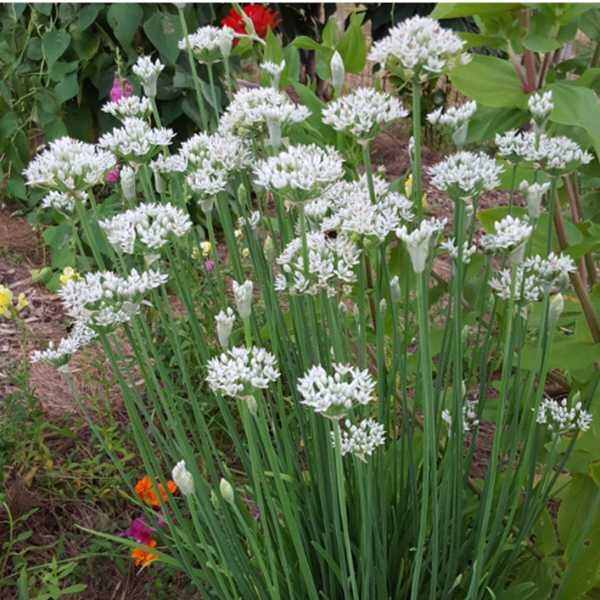



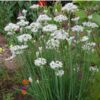
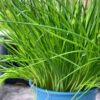
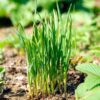
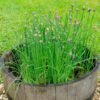



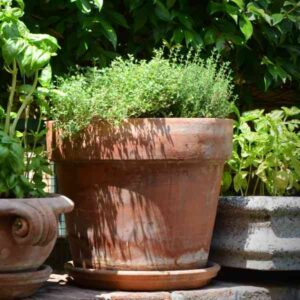
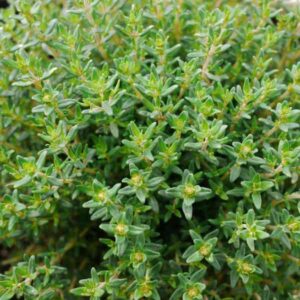
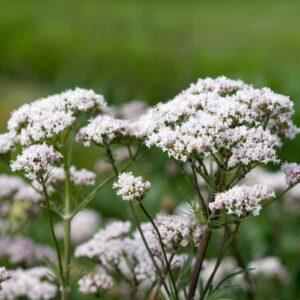

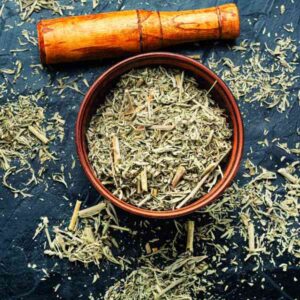
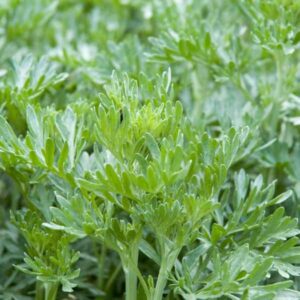
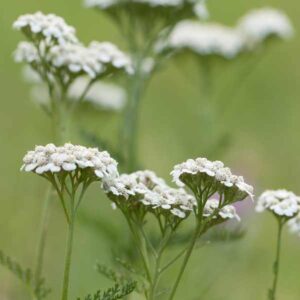
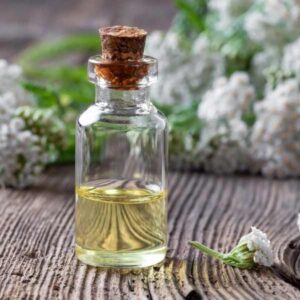
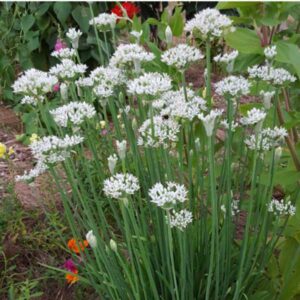
Haven’t planted as I’m moving house